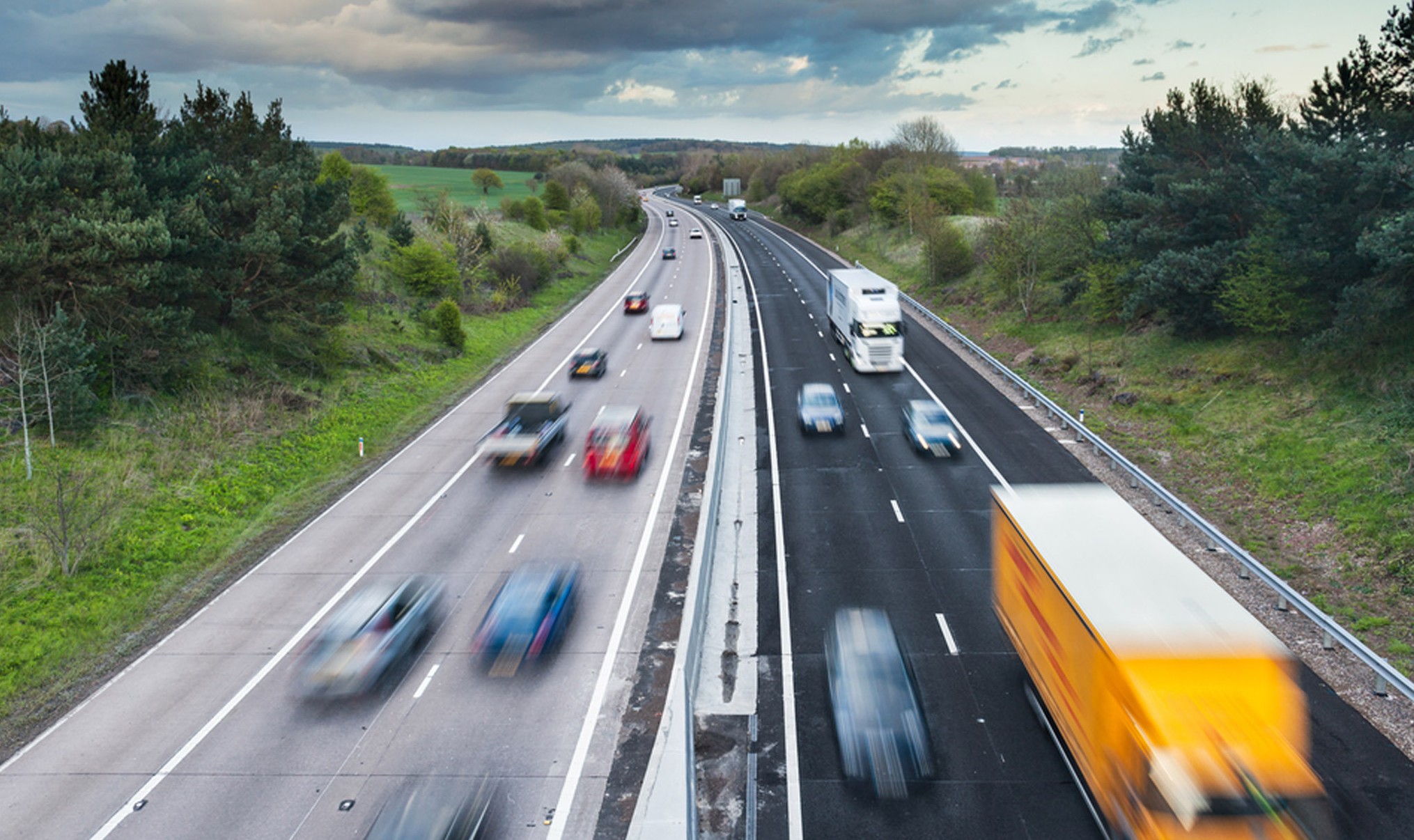Tyrepal: Remote montoring one of three technologies that will impact motoring

With much excitement around technological advancements like infotainment systems, head-up displays and vehicle-to-vehicle communication Peter Tillotson, business development manager of tyre pressure monitoring specialist Tyrepal argues that we need to tackle the fundamentals of safe, efficient driving for all vehicle types first. To this end he highlights three technologies that will influence motoring in the months and years to come, namely: Electric road systems; predictive cruise control and remote [pressure] monitoring.
Electric road systems
Heavy goods vehicles (HGVs) are often a burden on the environment as they emit around 20 times more carbon dioxide than a typical car. Although more automotive manufacturers are exploring electrical HGVs, there is still a long way to go before electricity is a viable fuel for these types of vehicles.
The problem is that getting an electric vehicle that weighs 40 tonnes to deliver the distance range offered by a conventional diesel engine is near impossible. Trucks currently powered by electricity have a range of 100 to 200 kilometres when the average truck driver needs to cover over 3,000 kilometres every week. If diesel trucks were taken off the road and replaced with electric models, the logistics industry would grind to a halt, as the weight of the batteries would significantly reduce the vehicle’s payload.
To tackle the problem, transport solutions provider Scania and global engineering company Siemens have partnered to create the world’s first electric road. The two-kilometre electric highway requires vehicles to be equipped with a pantograph power collector that is mounted onto the frame of the truck. This connects to overhead power lines that are above the right-hand lane of the road, using conductive technology created by Siemens.
It’s estimated that electrified freight transport could cut energy consumption in half and reduce fuel costs by 75 per cent. However, we can expect to wait many more years before e-highways can be rolled out across the world.
Predictive cruise control
Predictive cruise control (PCC) uses advanced GPS technology to determine the exact position of a vehicle and the driving conditions.
When coupled with predictive shifting, the vehicle can automatically choose the ideal gear, which saves energy and minimises the need for braking. Predictive cruise control also knows when the slope ends, so it can apply the engine brake gently in time, rather than abruptly at the end, or continue to gain momentum for an upcoming hill.
This has the potential to dramatically reduce fuel consumption and emissions when travelling over hilly areas, particularly when it comes to heavy goods vehicles, which use significantly more fuel than cars.
Remote monitoring
Tyre pressure monitoring is often overlooked by fleet managers. However, regular monitoring of tyre pressure can significantly reduce the probability of a blowout – and other tyre related accidents.
TyrePal’s TeleTPMS offers continuous monitoring, which operates while the vehicle is in motion and when stationary, practically eliminating the likelihood of a potential blowout or tyre fire. Even in the event of a small puncture, the TPMS issues warnings so that action can be taken before a tyre is permanently damaged. What’s more, Tyrepal’s TeleTPMS allows fleet managers to remotely monitor the location of every vehicle in their fleet – a valuable advantage in the event of a road accident or emergency.
TyrePal’s TeleTPMS collects temperature and pressure data from tyres every few seconds and transmits this data directly to the fleet manager, reducing the risks of an accident caused by underinflated or damaged tyres.
Long distance drivers and fleet managers understand better than anyone the impact that technology can have on driver comfort, but we mustn’t forget about their safety and the impact of these vehicles on the environment.




Comments